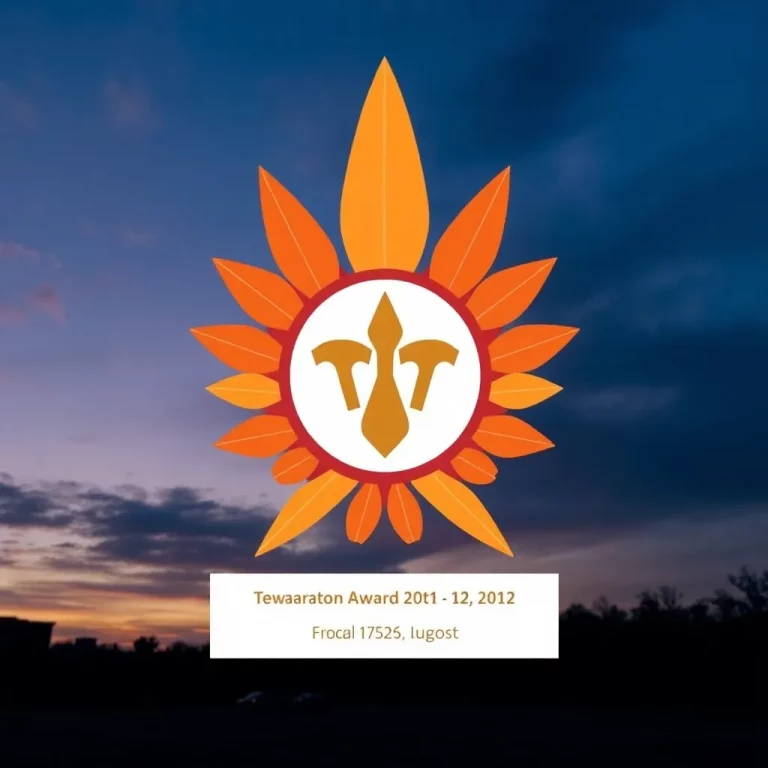The Tewaaraton Award: Celebrating Excellence in College Lacrosse
Washington D.C. – Each year, the _Tewaaraton Award_ shines a spotlight on the top male and female lacrosse players in the United States. Often compared to the prestigious Heisman Trophy in football, the Tewaaraton has become a respected symbol of individual achievement since its inception in 2001. Understanding its roots helps appreciate this honor that many might not recognize beyond the lacrosse community.
Lacrosse, one of North America’s oldest sports, has deep connections to Native American heritage. Notably, _Taylor Cummings_, a standout from the University of Maryland and the award’s first three-time winner, emphasizes that lacrosse was played both in times of peace and war as a way to honor the creator. The term “Tewaaraton” itself comes from the Mohawk language, meaning “lacrosse,” and reflects the game’s Iroquois origins, which adds to the trophy’s significance.
According to _Jeffrey Harvey_, chairman of the Tewaaraton Foundation, the name was thoughtfully chosen after consulting with the Mohawk Nation Council, ensuring respect and acknowledgment of its historical context. The criteria for selecting winners are set by the Foundation, while a committee of expert coaches decides the recipients, making it a thorough and respected process.
The award has seen remarkable players, like _Michael Powell_ from Syracuse, who first won it twice, and _Kristen Kjellman_, the first woman to achieve this feat and the first player to win consecutively. For Kjellman, winning was an unexpected recognition of her team-based goals, reaffirming the award’s value well beyond college.
The fateful year of 2014 was particularly memorable when _Lyle and Miles Thompson_, brothers from the University at Albany, shared the Tewaaraton trophy after breaking single-season scoring records. Their joy in celebrating this moment together underlines the camaraderie inherent in the sport.
The Tewaaraton Award isn’t just about individual excellence; its design is rich in meaning. Designed by _Frederick Kail_, a Mohawk native, the award features a bronze statue on a hexagon-shaped granite base, symbolizing the Six Nations of the Iroquois Confederacy. This representation enhances the trophy’s heritage, making winning it feel all the more rewarding.
Every year, the award ceremony is held at the Smithsonian Institution National Museum of the American Indian in Washington, D.C. The event is open to the public, allowing fans to share the experience with past winners. According to Cummings, the award ultimately represents teamwork, even though it bears an individual’s name.
The Tewaaraton Award continues to grow in significance, honoring the game’s deep roots and those who excel in it, making it an inspiring event for athletes and fans alike.


